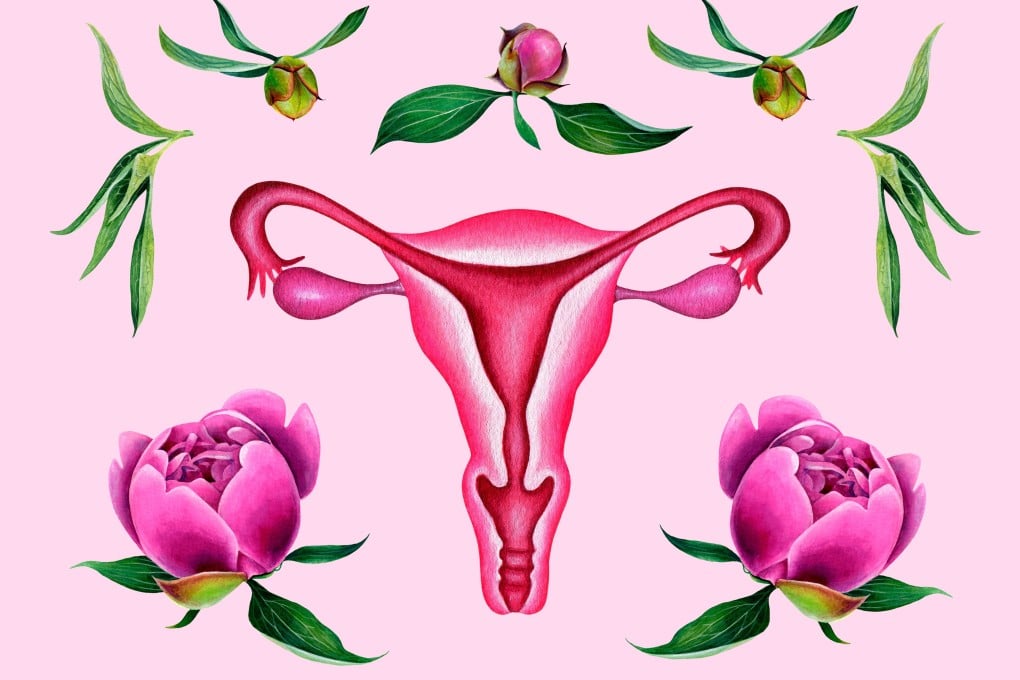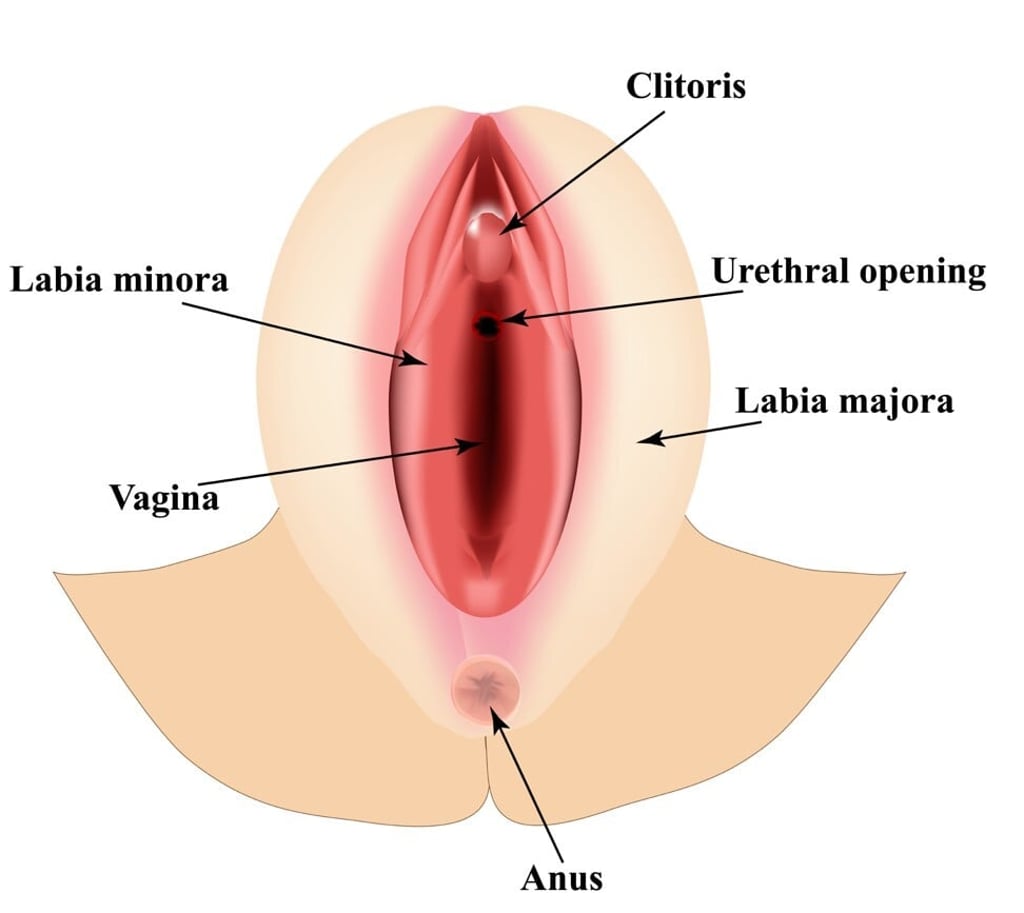We sort fact from myth about the vagina, and learn how to keep it healthy
- For such an important body part – the channel through which babies are delivered, and the principal female sex organ – ignorance among both sexes is common
- Experts weigh in on issues from the best undergarment to wear, to Kegels, pelvic floor exercises that ward off the effects of age and strengthen muscles

A woman’s “love tunnel”, which Chinese often refer to as the “jade gate” or “cinnabar cave” – is a mystery to many – including, often, its owner. Shrouded in taboo and misunderstanding, the truth about the vagina is often lost. Here, we sort fact from myth.
Let’s start with the basics: what is the vagina? This seems a simple question, but a 2013 survey of college student sin the Midwestern United States revealed that only 38 per cent of women could correctly label its different parts (compared to a less surprising 20 per cent of men – where are they going?).
What is commonly called the vagina is in fact the vulva; the external area comprising the clitoris, labia majora and minora, the urethra – through which urine is passed – and the vaginal opening.
The vagina is the muscular canal which connects the uterus to the vulva, and to the outside world, allowing the release of menstrual blood, the introduction of sperm, and the delivery of babies. That is why it is also called the birth canal.
The vagina is the main female sex organ – and it is from this that many mistruths are born. One of the biggest myths is that the hymen (at the vagina’s entrance) “breaks” when a woman has penetrative sex for the first time, and she bleeds.
Ellen Stokken Dahl, co-author of The Wonder Down Under: A User’s Guide to the Vagina, says “only about half of women bleed from the vagina the first time they have sex”.

